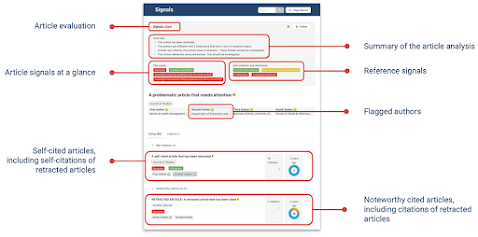By Dr Carla Aloè, Head of Societies and Acquisition, MDPI.
Silver sponsor of the ALPSP Annual Conference and Awards 2024.
Up to this point, the MDPI journals have mainly been published under the gold open access (OA) model, with authors (or their institutions) typically paying an Article Processing Charge (APC) to cover publication costs. MDPI provides a generous waiver scheme for all the journals and follows a reinvestment strategy that supports journals with limited funding, such as those in the arts and humanities.
Society journals
The gold OA model has also been implemented for the journals published by MDPI on behalf of various societies and institutions. Since the first society journal, International Journal of Geo-Information (IJGI), was launched in 2012, MDPI has been entrusted with publishing journals for 19 societies. Throughout these years, we have recognized that each society is unique, with distinct goals, priorities, and visions.
We provide our societies with the best possible services through active listening and adapting to their specific needs.
For societies lacking financial support, receiving a share of the APC revenue once the journal becomes financially sustainable is a highly attractive option. We have assisted societies in generating revenue from their journals for the first time, whether these journals were open access and run entirely by volunteers before joining MDPI or had exhausted third-party funding for open access.
On the other hand, we recognized that societies with more stable incomes might have different priorities, such as allowing authors to publish in the journal without the burden of needing to secure publication funds.
To broaden our offerings and address market needs, at the beginning of 2023, MDPI began actively exploring the possibility of publishing journals under the diamond OA model, which has no charges for authors or readers.
SIUJ and the diamond model
When we first met with the representatives of the Société Internationale d’Urologie (SIU), their journal SIUJ was self-published and had grown to the point where they needed an established publisher to support them. Their aim was to create a truly international journal while ensuring there were no costs for the authors or their institutions, leading them to fully subsidize all fees.
As all our journals up to that point were published under a gold OA model with APCs, accommodating SIUJ required substantial internal adjustments. In particular, our submission system needed to adapt to the new model, which required changes ranging from manuscript submission to online publication and invoicing. Thanks to excellent collaboration between the MDPI in-house developers and the society, finance, transfer, and other internal teams, the systems were diligently established to welcome SIUJ and more diamond journals.
JOMA, a new diamond journal
In recent years, we have also launched several new journals on behalf of societies and associations. The Journal of the Oman Medical Association (JOMA) is our latest addition. As suggested by the title, the journal is published on behalf of the Oman Medical Association (OMA), and the first issue will be released at the end of this year.
As stated by the Editor-in-Chief, Prof. Rashid Al Abri, in the editorial, “Funded exclusively by the OMA itself, this journal will be published, preserved, archived, and distributed without charging any fee from either its contributors or its readers. This innovative publication model, referred to as diamond open access, opens up exciting new perspectives in medical research, offering an approach that is intrinsically author-centered.”[1]
Authors will not need to seek funding to publish their research, allowing them to focus solely on the quality and impact of their work. This also enables them to reallocate their funds to other projects and initiatives.
Commitment to openness
With over 25 years of experience in open access publishing, MDPI has always adapted to changes in the industry. With more and more societies and institutions seeking to publish using the diamond OA model, we have updated our systems and applied our expertise to ensure we can meet their needs.
The diamond model ensures equitable access for both readers and authors, eliminating financial, geographical, and institutional barriers. It is now an integral part of our offer, and we will continue to offer this option to all the societies and institutions interested in partnering with us.
About the author
 Carla joined MDPI in 2020 as an Associate Publisher and Scientific Officer. In 2022, she was promoted to Publisher and took over the lead of the Society Partnerships and Acquisition Team. In January 2023, Carla was appointed as the head of the newly established Society and Acquisition Department. Before joining MDPI, she worked as a Commissioning Editorial Team Lead at Frontiers. Carla holds a PhD in Early Modern Literature from the University of Birmingham, UK.
Carla joined MDPI in 2020 as an Associate Publisher and Scientific Officer. In 2022, she was promoted to Publisher and took over the lead of the Society Partnerships and Acquisition Team. In January 2023, Carla was appointed as the head of the newly established Society and Acquisition Department. Before joining MDPI, she worked as a Commissioning Editorial Team Lead at Frontiers. Carla holds a PhD in Early Modern Literature from the University of Birmingham, UK.

.png)
.png)
.png)
.png)













.png)







